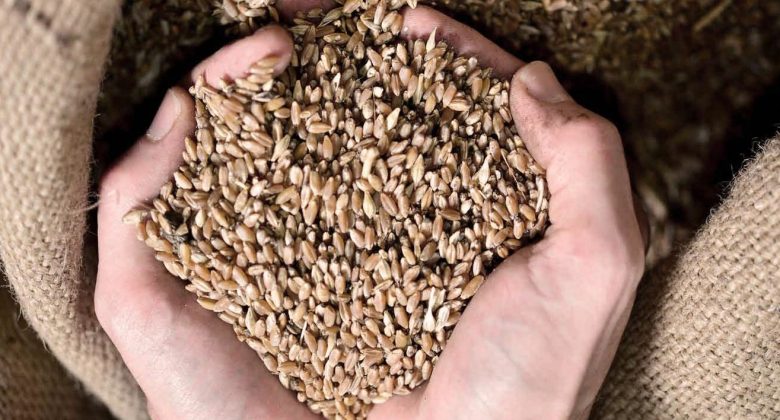An intervention study aimed to evaluate the influence of short-term food consumption of bread obtained from an ancient variety of wheat on some parameters relating to the atherosclerotic process. Twenty healthy subjects followed a diet containing bread made from the tested wheat for 10 weeks and a diet containing commercially available bread for the same period.
The trial period showed a significant decrease in total cholesterol and low-density lipoprotein cholesterol levels. As regards the inflammatory and haemorheological parameters, a significant decrease in some of the parameters under investigation was noted: viscosity of human blood at shear rate, and filtration of erythrocytes relating to the control period, which did not show significant changes. Short-term dietary consumption of wholemeal bread made from an old variety of wheat appears to impose optimal conditions for the lowest current levels of atherosclerotic markers.
The benefits of carbohydrates on the risk of cardiovascular disorders are mainly determined by their structure and content. Foods containing carbohydrates have various nutrients that can reduce risk factors for cardiovascular disorders such as some phenolic acids with antioxidant properties, vitamin E, linoleic acid and phytoestrogens.
In reality, bread made from semi-wholemeal flour produced with a stone mill and leavening acid (yeast) contains a large amount of vitamin B 6 and folic acid, both B vitamins. Cereals, and in particular products with flour integral, they are an important source of minerals and small amounts of magnesium, iron, zinc and copper. These elements are mainly present in the aleurone layer of whole grain bread.
Different varieties of germs have been reported to contain different levels of B vitamins and antioxidants. Therefore, the identification of some particular varieties of germs that determine particular types of cereals rich in these supposed beneficial elements seems to be of great importance to optimize a diet that prevents the most serious chronic diseases. In this regard, older whole varieties appear to have a more variable composition of these secondary metabolites.
Over the past 50 years, reproduction strategies have focused on improving crop production, increasing the protein content of seeds and adapting whole plants to a high input of chemical fertilizers.





